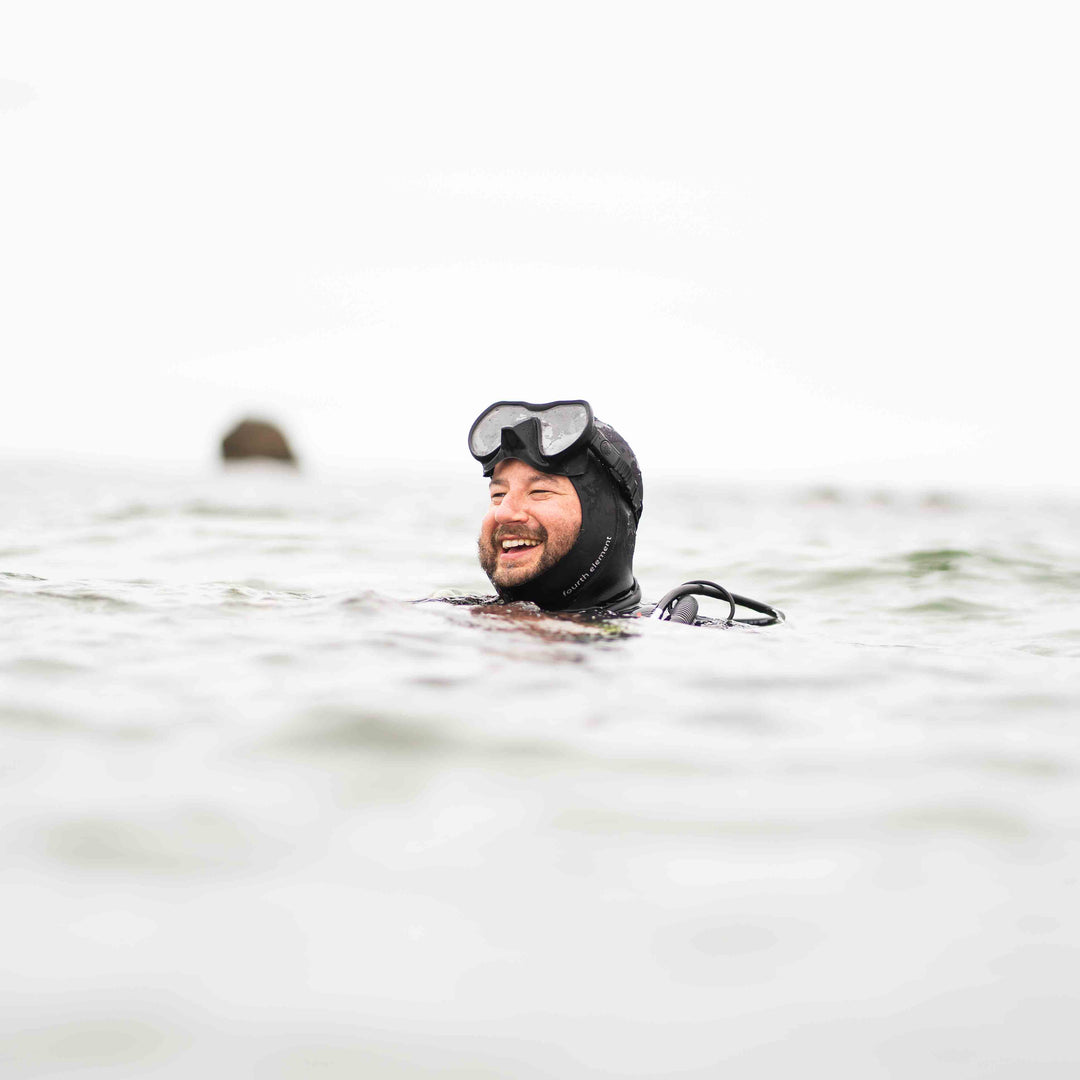Because it's there?

"The first question which you will ask and which I must try to answer is this, 'What is the use of climbing Mount Everest ?' and my answer must at once be, 'It is no use'. There is not the slightest prospect of any gain whatsoever. Oh, we may learn a little about the behaviour of the human body at high altitudes, and possibly medical men may turn our observation to some account for the purposes of aviation. But otherwise nothing will come of it. We shall not bring back a single bit of gold or silver, not a gem, nor any coal or iron. We shall not find a single foot of earth that can be planted with crops to raise food. It's no use. So, if you cannot understand that there is something in man which responds to the challenge of this mountain and goes out to meet it, that the struggle is the struggle of life itself upward and forever upward, then you won't see why we go. What we get from this adventure is just sheer joy. And joy is, after all, the end of life. We do not live to eat and make money. We eat and make money to be able to enjoy life. That is what life means and what life is for."
– George Leigh Mallory, 1922
This month, dewerstone athletes Chris Handy and Scott Mackenzie are setting off to Nepal to climb Mt Everest, a 29,028ft high monolith of rock which surely needs no introduction. But what is it which draws people so powerfully to this most famous of mountains, in spite of the obvious danger, inaccessibility and cost?
Perhaps it’s the history? From the very moment in 1852 when a survey expedition using theodilites weighing half a tonne apiece found ‘peak XV’ to be probably the highest peak on the planet, its story has been compelling. The mountain’s status as the ‘third pole’ of world exploration ensured that efforts to scale the behemoth soon began, with fifteen expeditions heading for Everest in the 101 years between its ‘discovery’ and it the first successful ascent. These expeditions cost the lives of no less than 24 climbers, from avalanche, altitude and storm, including most famously, the loss of both Mallory and Irvine high on the mountain’s summit ridge in 1924.
Maybe it’s the magic of the first ascent, serendipitously made by a British expedition on the eve of the coronation of Queen Elizabeth II? On May 29th 1953, Climbers Edmund Hillary and Tenzing Norgay formed the summit party which not only reached a spot on the earth’s surface which had been sought after for over 100 years, but also saw the golden age of terrestrial exploration draw to a close as they did so.
Maybe it’s the danger? For however much an ascent of Everest may appear routine in this day of age, it certainly isn’t. Even low on the mountain, climbers still face the threat of serac fall in the Khumbu Glacier and an ever-present risk of avalanches and ice fall. Higher up, any ascent of Everest requires climbers to spend time in the ‘death zone’, where the thin air and cold gradually eats away at the human body, where storms sweep in without warning - often with fatal consequences, where frostbite and hypothermia are a constant risk, and the unpredictable possibility of a pulmonary or cerebral edema is at its most real. To a certain type of personality, which seeks satisfaction through overcoming adversity, there can be no greater siren call.
Perhaps it’s the inner journey which a trip to Everest promises which draws people to attempt the mountain. A successful attempt to climb Everest typically requires over a month to be spent on the mountain, acclimatising and moving equipment higher up the mountain, preparing for a final push to the summit. In that month, every day is tough physically and mentally, and hence the experience of climbing such a vast mountain is one which will reveal your personality in its most raw, and leave you knowing yourself better than you ever could have before.
Or perhaps it’s a combination of all of the above which calls people to the summit of Everest? Or it could be that for some climbers, none of these apply. Or maybe, just maybe, the sum of all motivations can be summed up by the simplest of sentences – ‘because it’s there.’
Whatever the answer, we’d like to wish Chris and Scott the very best of luck on their Everest Expedition.








Leave a comment